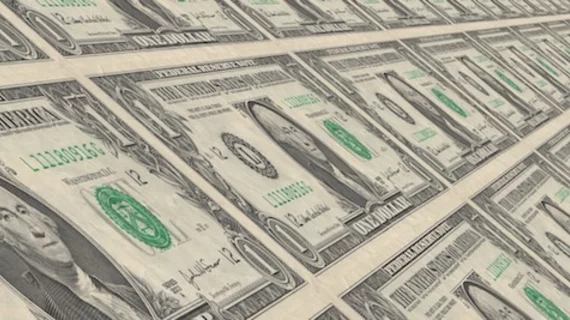Radiologists totaled $16M in federal political contributions from 2003 to 2016—most went to RADPAC
Self-identified radiologists tallied more than $16 million in political contributions between 2003 and 2016, a Journal of the American College of Radiology study found. Most of those dollars went to the Radiology Political Action Committee (RADPAC).
Led by Amy K. Patel, MD, with Beth Israel Deaconess Medical Center in Boston, the researchers found more than 35 million Federal Election Commission (FEC)-registered political contributions during that period. Of that total, 36,474 were from 7,515 individual self-identified radiologists.
Although political tension has increased during the 13-year study period, the group found contributions have been largely bipartisan. In fact, of all radiologist dollars, 74.6 percent were nonpartisan—with 14.8 percent going to Republicans and 8.5 percent to Democrats.
“In contrast to prior studies suggesting that physician political contributions were politically polarized, we observed that the large majority of radiologists’ contributions were nonpartisan in nature,” the authors wrote. “This all suggests that radiologists overall prioritize profession over party affiliation when making political contributions.”
Backing up that conclusion, Patel et al. found most dollars went to political action committees (PACs) as opposed to individual candidates (74.6 percent versus 25.4 percent respectively). Those contributions overwhelmingly favored the American College of Radiology-formed RADPAC (92.5 percent).
In fact, RADPAC contributions from radiologists jumped to more than $1.1 million in 2016 from more than $351,000 in 2003.
“[O]ur results portray a specialty that is far more unified than divided in its political advocacy,” Patel and colleagues wrote. “Indeed, given the three-fold increase in radiologists’ contributions to RADPAC in recent years, the specialty seems increasingly aligned in its specialty-first prioritization.”
The continuing legislative battles over healthcare policy will likely mean PACs will become even more important in the coming years, authors noted. And radiologists have an expanding opportunity for “growth and influence,” in this political space, they argued.

